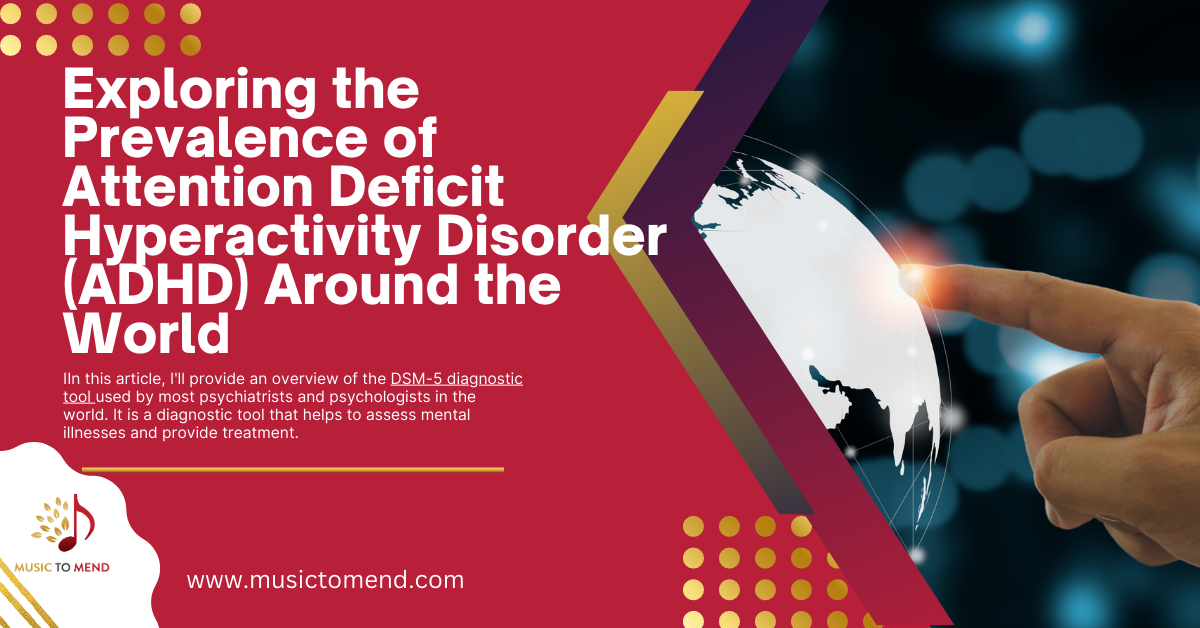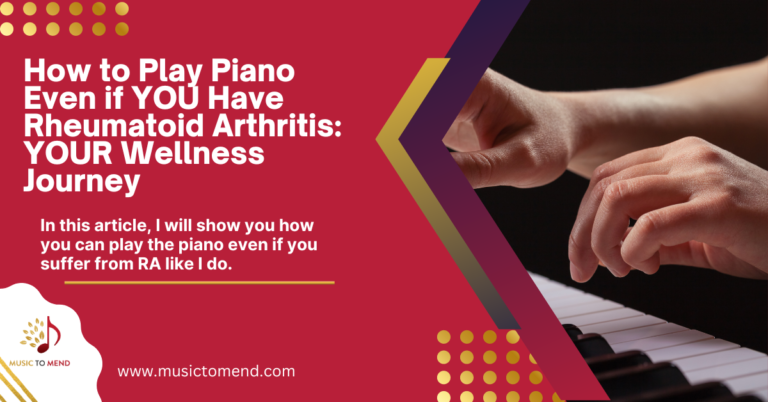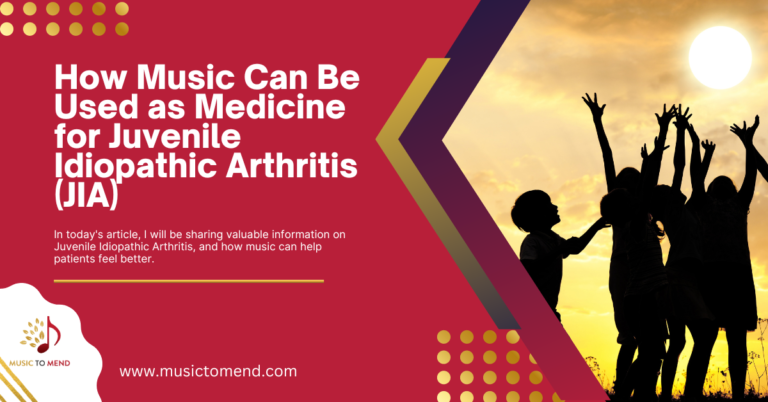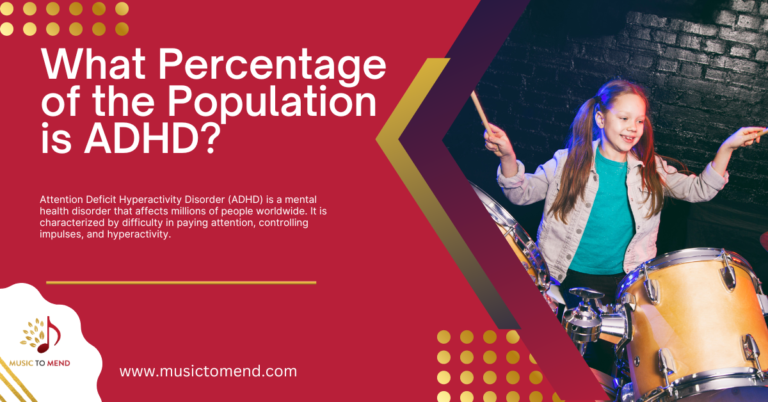Exploring the Prevalence of Attention Deficit Hyperactivity Disorder (ADHD) Around the World
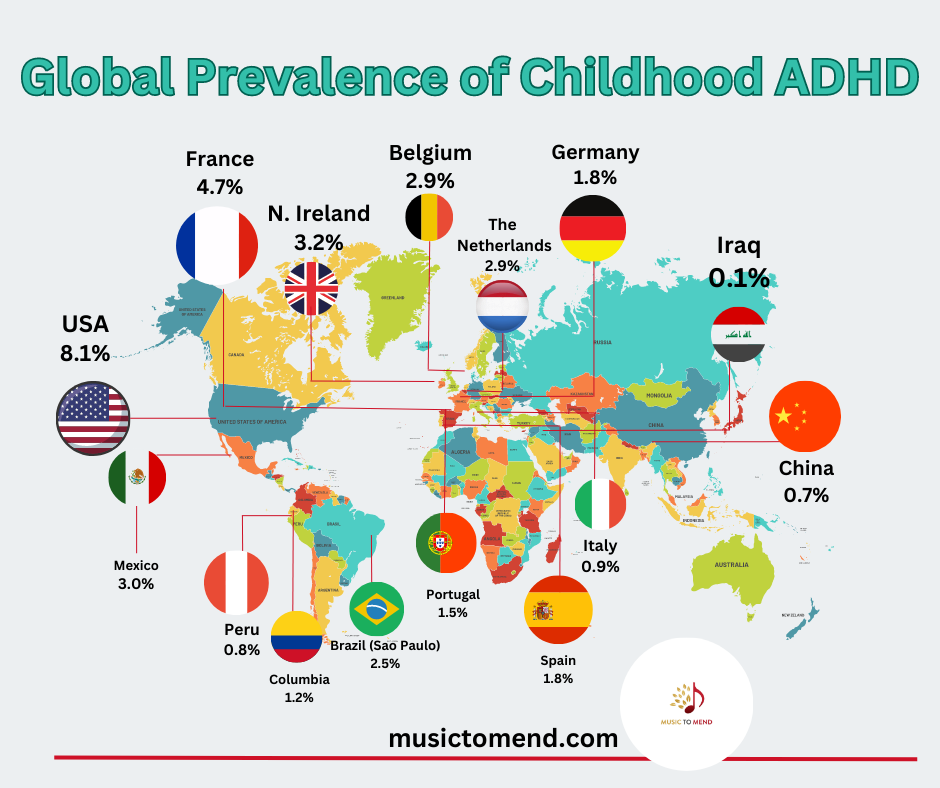
Who’s Right? The Diagnostic Tool That Is Used by Most Doctors
The DSM-5 diagnostic tool is used by most psychiatrists and psychologists in the world. It is a diagnostic tool that helps to assess mental illnesses and provide treatment. The DSM-5 diagnostic tool has been created by the American Psychiatric Association and is used by most doctors in the world. It was updated in 2013, so it can be used up to date.
The DSM-5 diagnostic tool consists of five categories:
1) Personality Disorders
2) Mental Retardation
3) Autism Spectrum Disorder
4) Intellectual Disability
5) Other Specified Disorder
Understanding Attention Deficit Hyperactivity Disorder
Attention Deficit Hyperactivity Disorder (ADHD) is a mental health condition that includes difficulty concentrating, excessive hyperactivity, and impulsive behavior. It can affect individuals of all ages but is most commonly diagnosed in children. ADHD can substantially influence an individual’s lifestyle, hindering their ability to focus, pay attention, and finish tasks. It is crucial to be conscious of the indications and signs of ADHD so it can be accurately diagnosed and managed.
Inattention
An inattentive child may fail to pay attention when given directions or have trouble following through on plans. They are often easily distracted and find it hard to focus on one thing at a time. They are forgetful and tend to leave things behind; for instance, forgetting their homework, losing things, or forgetting appointments. The child does not seem to listen when spoken to directly and can engage in socially inappropriate behaviors where they needlessly disrupt the people around them. They also often appear disinterested in learning new skills.
Examining ADHD Prevalence in Different Countries
Attention-Deficit/Hyperactivity Disorder (ADHD) is a neurodevelopmental disorder that can affect both children and adults. It is a complex condition that can have far-reaching implications on an individual’s ability to concentrate, manage emotions, and interact with others. As such, it is important to examine the prevalence of ADHD in different countries around the world. Few studies exist regarding ADHD prevalence rates in preschool children (aged ≤6 years); however, prevalence rates in Norway, Germany, and Spain have been estimated to be 1.9%, 1.8%, and 5.4%, respectively. An epidemiological study of 20 countries from the World Health Organization World Mental Health Surveys found that across high-, upper-middle-, and low-/lower-middle-income countries, prevalence rates of ADHD in children and adolescents were highest in the USA (8.1%) and lowest in Iraq (0.1%), Poland (0.3%) and Romania (0.4%).
What Causes ADHD?
ADHD is one of the most common neuro-developmental disorders. It is a disorder that affects children, adolescents, and adults. It is a condition that makes it difficult for people to focus on tasks and complete them. It is a mental health issue that affects children with attention deficit hyperactivity disorder.
ADHD is caused by genetic predisposition or environmental factors. The environmental factors are mostly related to the child’s upbringing and experiences in childhood, such as the level of stimulation and support the child receives. It is not clear if ADHD is caused by genetic predisposition or environmental factors. This is because there are not many studies that have explored this question in detail. One finding was that ADHD in identical twins was three times more likely than in non-identical twins to suggest a genetic link with ADHD.
The Best Ways to Use Music to Help with ADHD and Creative Thinking
Music is a powerful tool that can help people with ADHD and bipolar disorder. As well as helping with focus, creativity, and mood.
Music can be used to help with ADHD and bipolar disorder by creating a calming environment during the day. It can also be used to help people focus on tasks by playing their favorite songs when they need to work or study.
Creativity is also improved when listening to music because of the different emotions that are created by different songs. Music is a versatile tool for the development of creativity. In recent years studies have shown that the use of music can be beneficial for increasing children’s motivation, improving listening skills, and enhancing their sense of well-being. Music can also help individuals to achieve better academic performance in subjects like math or science. The advantages of using music in educational settings are a result of its ability to increase an individual’s attention span, ability to recognize sequences and patterns, variety in learning styles, and involvement with emotions. Music has been used as an effective behavior management tool that is often used by teachers when teaching children. The benefits of using music in education are a result of its ability to increase attention span, strength and endurance, variety in learning styles, and involvement with emotions.
In Summary, the music you listen to can profoundly affect your mood. It has the power to make you happy, feel motivated, or even help you get through tough times.
Music is one of the most powerful ways to influence emotions and feelings. It can help us achieve our goals and make us feel better about ourselves. Music is also a great way to bring people together – whether it be for a party or just for some quality time with friends.
Music is an important part of our lives and can have a profound impact on how we feel and what we do each day.


